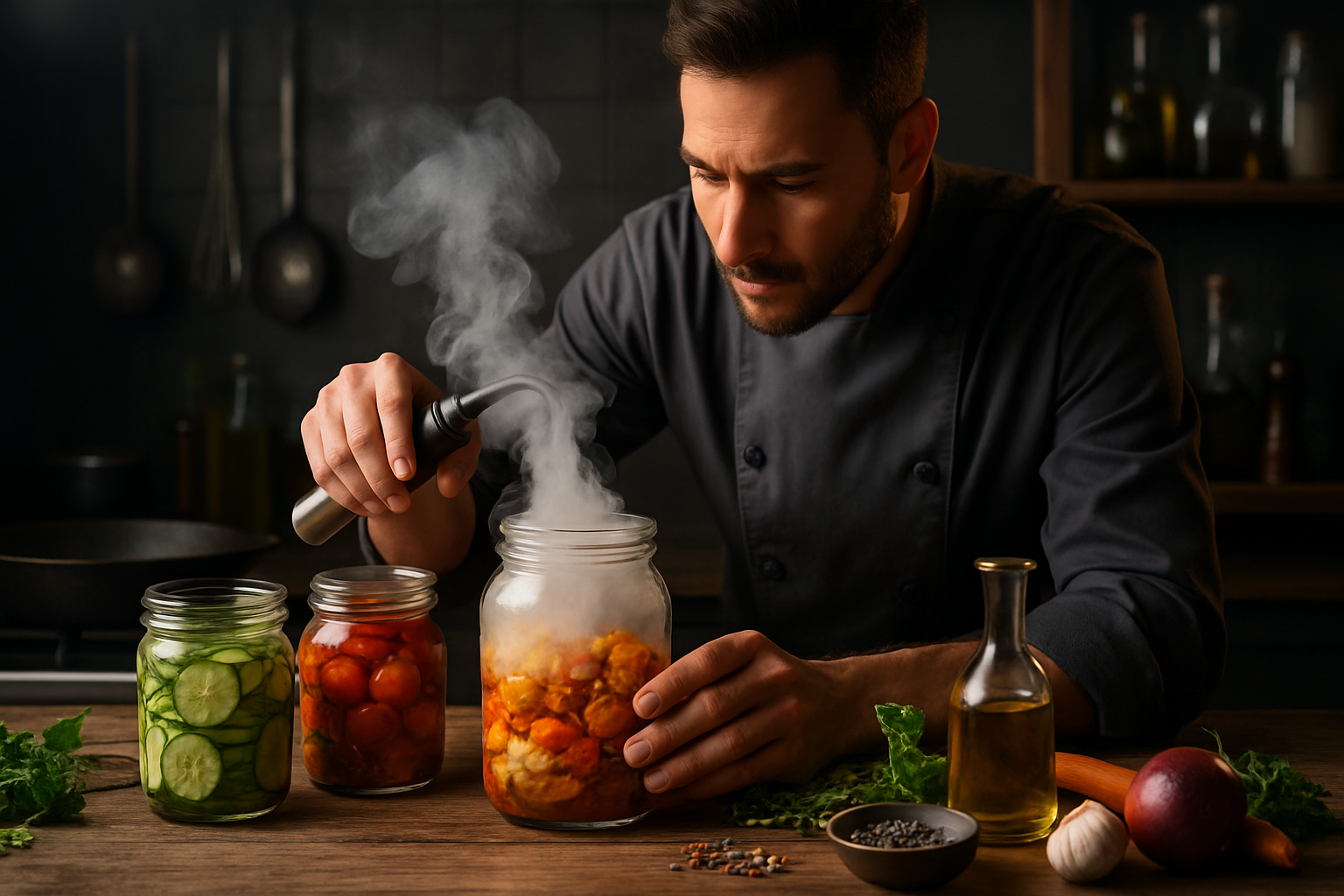Emerging flavor trends shaping menus around the world
Menus worldwide are shifting as chefs and home cooks adapt to changing tastes, ingredient availability, and techniques. From revived preservation methods like fermentation to streetfood influences and plant-forward sourcing, emerging flavor trends are reshaping culinary choices across beverages, snacks, desserts, and full-course recipes.

Culinary landscapes are moving quickly as diners seek novelty, familiarity, and transparency. Chefs blend regional techniques with global ingredients to create dishes that reflect travel, markets, and seasonal sourcing. This article examines several interconnected trends — fermentation, sustainability, spices and herbs pairing, beverage innovation, and the role of streetfood — and explains how they are influencing menus and recipes across contexts.
Culinary techniques and fermentation
Fermentation has re-emerged as a signature culinary technique, valued for both flavor complexity and preservation. From kimchi and lacto-fermented vegetables to sourdough and fermented beverages, restaurants are using these methods to add umami depth and extended shelf life. Fermentation also helps kitchens reduce waste by transforming surplus produce into condiments, broths, or pickles, linking culinary creativity with practical preservation techniques that support year-round menu variety.
Recipes, spices and herbs pairing
Spices and herbs are driving new approaches to recipe development and pairing. Chefs are revisiting classic spice blends while exploring uncommon herb combinations to refresh familiar dishes. Thoughtful pairing — matching aromatic herbs with bold spices or balancing heat with acidity — improves nuance in both simple snacks and composed entrees. This renewed focus influences recipe writing, ingredient sourcing, and how menus communicate flavor intent to diners.
Beverages, snacks and desserts
Beverages are reflecting the same experimental spirit, from non-alcoholic cocktails that emphasize botanical pairings to tea- and coffee-based innovations that borrow fermentation techniques. Snacks and desserts are integrating savory elements, like smoked spices or herb-infused creams, and using preservation methods to extend seasonal fruit availability. Plating for smaller items often highlights texture contrasts and single-origin ingredients to tell a concise flavor story.
Sustainability, seasonal sourcing and preservation
Sourcing decisions increasingly inform menu planning, with seasonal sourcing and sustainable practices shaping ingredient selection. Chefs are emphasizing whole-animal butchery, root-to-stem cooking, and hyperlocal produce from markets to reduce supply chain distance and waste. Preservation — through drying, pickling, curing, and fermenting — helps kitchens maintain consistent flavor profiles when fresh options are out of season and supports more resilient menu design.
Streetfood, markets and travel influences
Streetfood and market flavors continue to inspire mainstream menus, translating portable snacks into plated restaurant offerings. Travel-driven curiosity encourages chefs to adopt condiments, spice mixes, and cooking techniques observed in markets around the world. This exchange accelerates cross-cultural pairing: using a Southeast Asian chili paste with a Mediterranean grilled fish or combining Latin American salsas with plant-based proteins on casual plates.
Plating, nutrition and techniques
Presentation and nutrition are converging: plating now emphasizes portion balance and ingredient transparency as much as aesthetic appeal. Techniques that enhance nutrition — such as slow-cooking to preserve micronutrients or fermenting to improve digestibility — are becoming menu talking points. This article is for informational purposes only and should not be considered medical advice. Please consult a qualified healthcare professional for personalized guidance and treatment.
Conclusion
The current wave of flavor trends reflects a blend of past and future: traditional preservation and fermentation meet modern sustainability and global pairing sensibilities. Whether expressed through beverages, snacks, desserts, or full-course recipes, these trends emphasize seasonal sourcing, mindful techniques, and an appreciation for the layered tastes developed through time-tested methods and market-driven innovation.




